Spirent Announces New GNSS Simulator
 GSS7000
GSS7000Spirent Communications has launched the GSS7000 series of multi-frequency, multi-GNSS RF constellation simulators.
The GSS7000 series emulates all civil GNSS systems and regional augmentation systems, and allows devices to be tested under a multitude of operating environments and error conditions. According to Spirent, the GSS7000 has the flexibility to reconfigure satellite constellations, channels and frequencies between test runs or test cases. Four software control variants are offered: SimTEST, SimREPLAY, SimREPLAYplus, and SimGEN.
By Inside GNSS

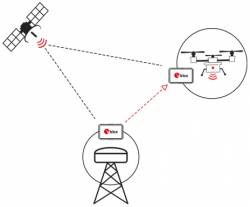
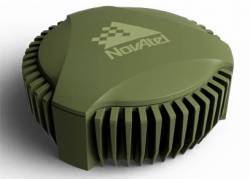
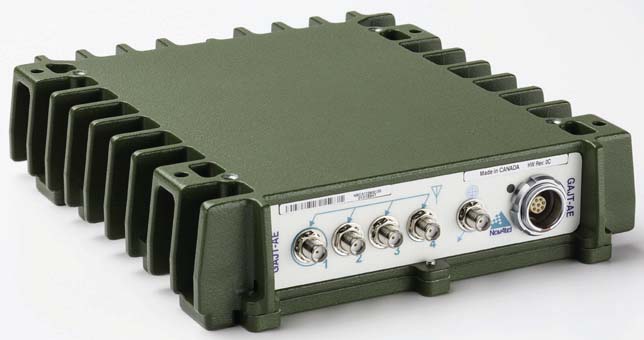
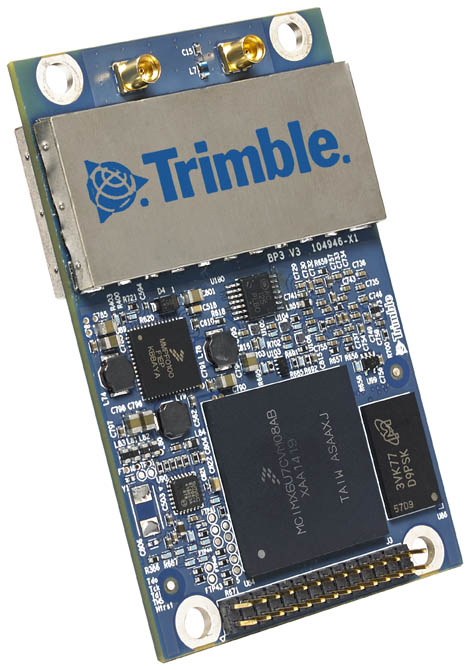
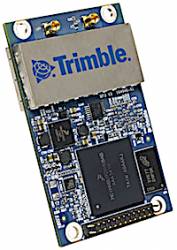

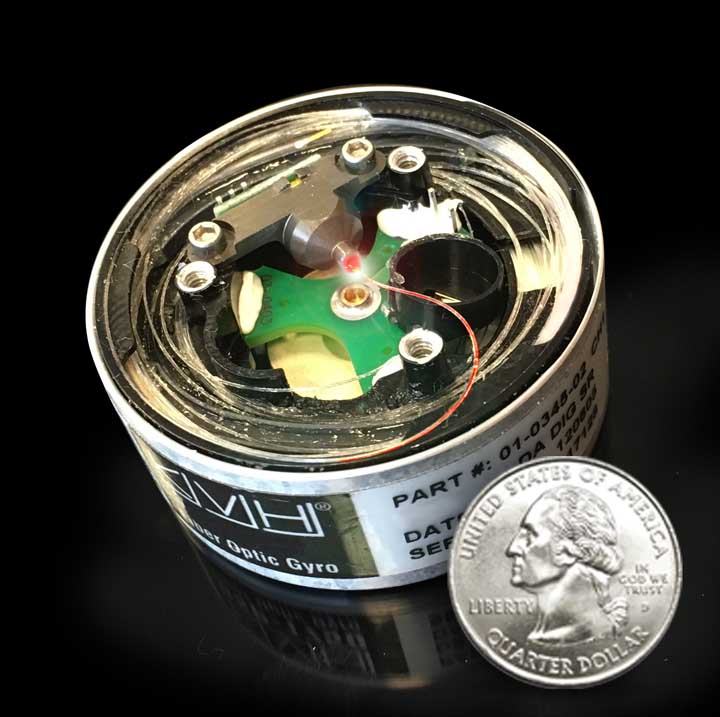

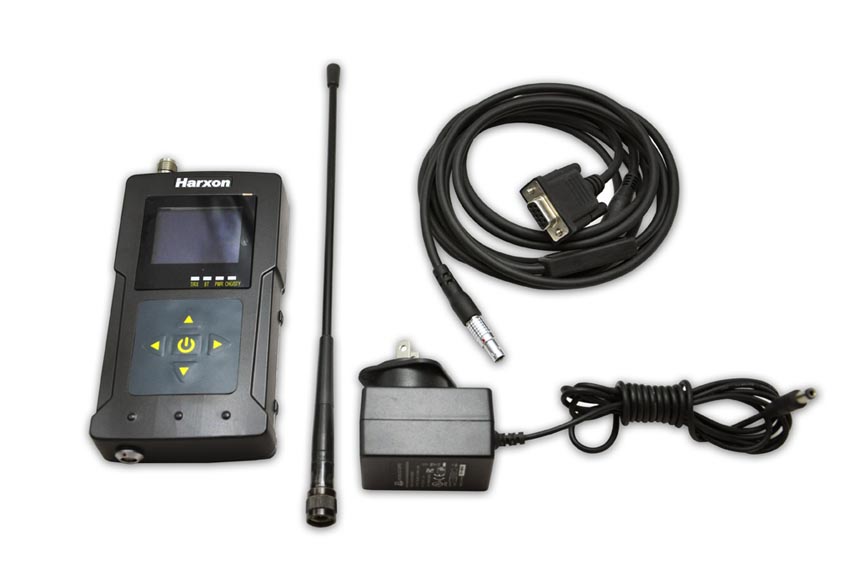

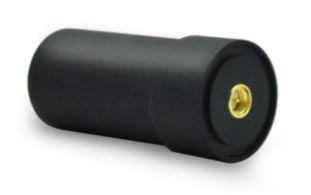

NEO-M8P.jpg)

